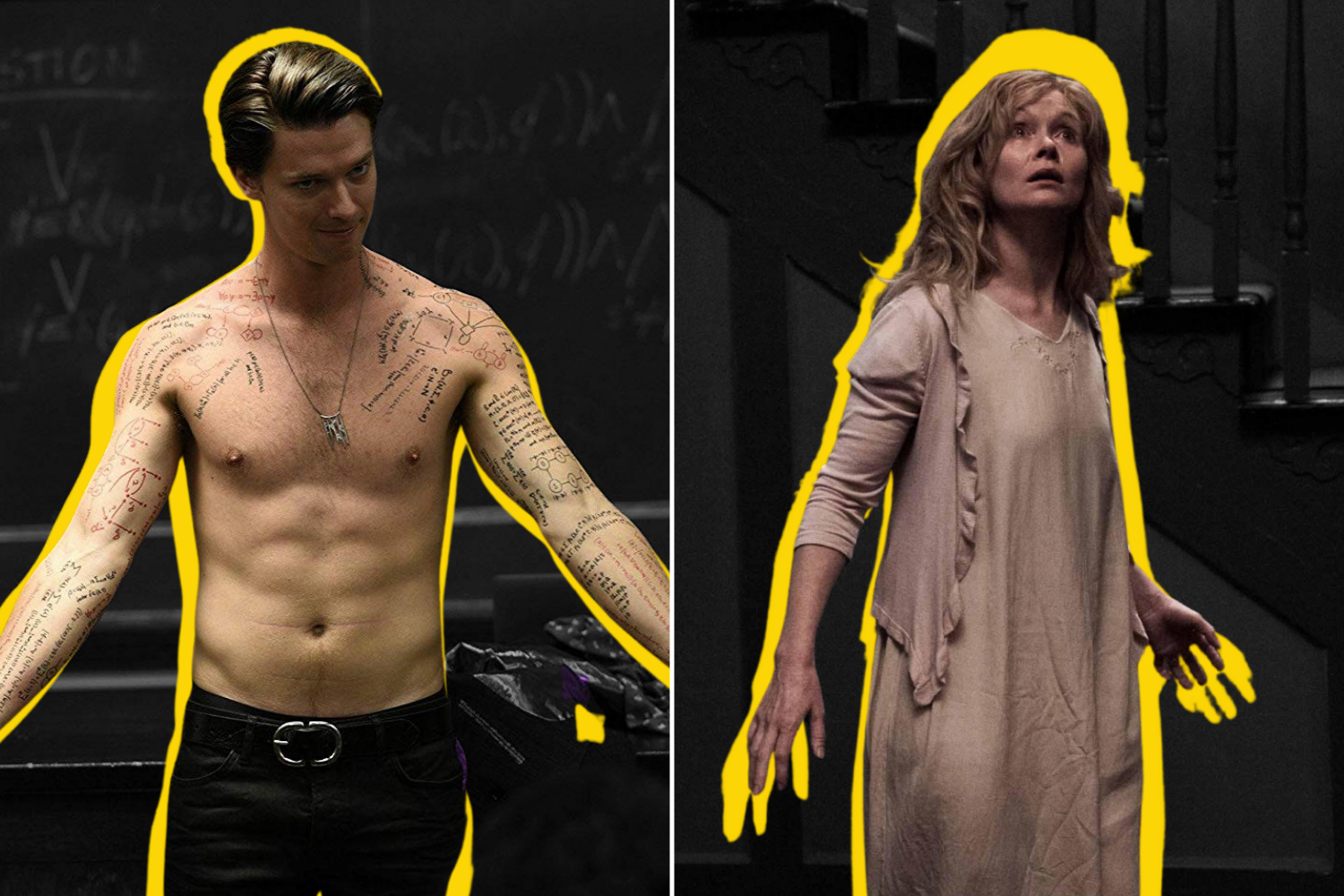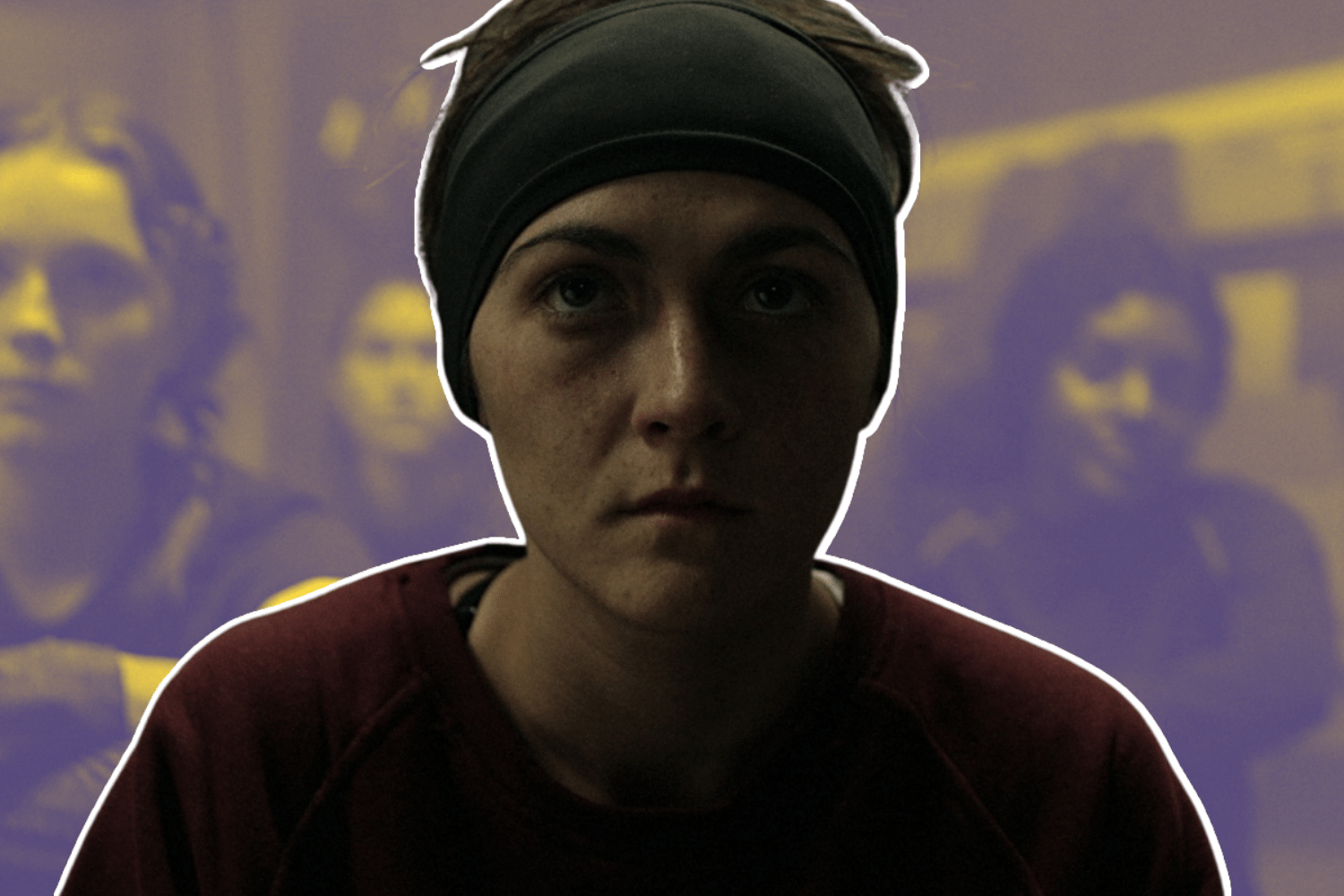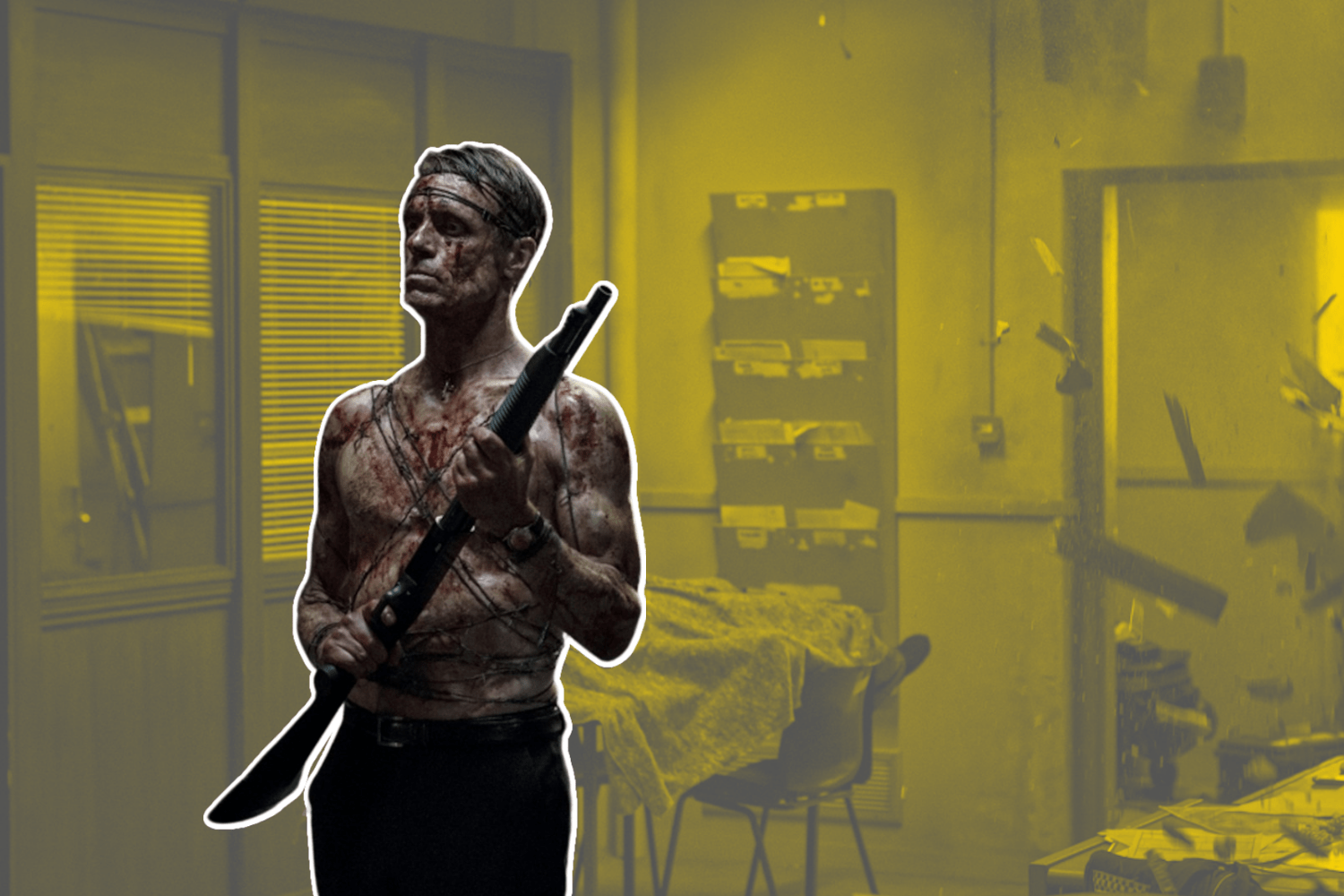Editorials
The Monstrous Minds of ‘Daniel Isn’t Real’ and ‘The Babadook’
June 10th, 2021 | By Jenn Adams

Depictions of mental illness have existed since the dawn of the horror genre, with films like Psycho (1960) and Dr. Jekyll and Mr. Hyde (1931) captivating ill-informed audiences as horrific windows into “madness.” Because the symptoms of mental disorders usually manifest as actions rather than visible deformities, characters with mental illness are often portrayed as inhuman villains. That’s changing as developments in the field of psychology and treatment have allowed for a more nuanced understanding of the phenomenon that’s beginning to filter into cinema. Two recent examples are The Babadook (2014) and Daniel Isn’t Real (2019), films that shine in their compassionate illustrations of mental illness.
The Babadook follows widowed mother Amelia (Essie Davis) as she struggles to raise her young son Samuel (Noah Wiseman) while battling grief and depression. Daniel Isn’t Real is the story of Luke (Miles Robbins), a college student who fears the reemergence of his childhood imaginary friend Daniel (Patrick Schwarzenegger) is actually the onset of inherited schizophrenia. Both films personify mental illness as a monstrous character the protagonist must battle, providing key insight into the experiences of the mentally ill. Separating the disorder itself from the person suffering from it allows the audience to empathize with both Luke and Amelia, portraying them as relatable human beings rather than simply “crazy.”
I was diagnosed with PTSD in 2018 and, though my recovery is going well, my mental illness often feels like a monster lurking just out of sight. To everyone else, my actions are choices stemming from either selfishness or a desire to cause pain, but the truth is much more complicated. They can’t see the monster whispering in my ear with manipulative lies and terrifying ideas. I feel a connection to Luke and Amelia as they try to resist their own monsters. By representing mental illnesses as external characters visible to the audience, both films allow us to understand the intent behind Luke and Amelia’s actions. We can empathize with them because we see that they are victims too.
Luke’s mother Claire (Mary Stuart Masterson) suffers from schizophrenia. As a child, Luke sneaks out of the house while his parents argue about Claire’s treatment and happens upon the aftermath of a massacre in a nearby restaurant. It’s in this crowd of onlookers that he first meets Daniel, a little boy he understands to be an imaginary friend. While Daniel is a positive influence at first, helping Luke process traumatic images from the crime scene, the relationship soon takes a sinister turn. Daniel convinces Luke to mix an excessive amount of medication into a smoothie for Claire, nearly killing her. Terrified, Claire helps Luke lock Daniel away in a doll house, mentally imprisoning him to avoid his dangerous influence.
Years later, Daniel reemerges during Luke’s freshman year of college. A triggering visit home—combined with the stress of school—contribute to hallucinations Luke suspects are the onset of schizophrenia. Now Luke’s age, Daniel reappears while Claire is attempting suicide and calmy guides Luke through steps to disarm her. He sticks around for support after the incident and becomes an omnipresent force in Luke’s internal life again.
At first Daniel seems to be a positive manifestation of the confidence and courage Luke struggles with as well as a way to dissociate during times of crisis and it’s easy to understand his appeal. Many mental illnesses provide some kind of relief in hallucinations or delusional thinking and this personification is crucial in explaining why someone would resist seeking treatment. Claire describes the onset of her illness as feeling both wonderful and terrible at the same time, until it only feels terrible. We see this trajectory play out as Daniel’s power over Luke grows.
Becoming more forceful in his suggestions, Daniel’s presence again grows increasingly sinister as Luke’s power to resist him fades. When Luke is hesitant to kiss his date, Daniel convinces him to give over control of his body. Acting as Luke, Daniel has rough sex with his date and attacks Luke’s roommate, sending him to the hospital and getting Luke kicked out of school. Luke tells his therapist what’s happening and begins medication to rid himself of Daniel, but it has no effect.
Amelia’s monster emerges from a mysterious children’s book Samuel finds on his shelf one night before bed. The sinister story warns of an evil entity called the Babadook who enters with a knock and grows in power until those he torments wish for death. His malevolent presence in the house causes Samuel to act out in destructive ways, further adding to Amelia’s neverending emotional burden.
Amelia does seek help, but it’s mostly to gain short-term relief in the form of sleeping pills for Samuel. She seems to want only to numb the pain rather than deal with the underlying cause of her depression. The Babadook eventually possesses Amelia’s body and, in the form of her late husband, persuades her to give in to her grief. She attempts to take Samuel to meet his father presumably by killing the boy then herself to reunite the family in death.
While both films expertly personify the onset and persuasive quality of mental illness, it’s in their conclusions that the narratives drift apart. With the love and support of Samuel, Amelia is able to expel the Babadook and resist the inevitable temptation to let him in again. She traps the monster in the basement, visiting every day to feed him a bowl of dirt and earthworms. It’s a powerful depiction of therapy and recovery that has been essential to my own understanding of mental illness. My PTSD will never completely go away. It is part of who I am now and I must learn to live with its presence in my life. Amelia does this by acknowledging the Babadook but refusing to give it power over her actions. By feeding the monster to keep it at bay, she and Samuel begin to heal.
Luke’s story takes a more troubling turn as we learn more about Daniel’s origins. Desperate for help, Luke reaches out to Percy Thigpen (Peter McRobbie), father of the young man responsible for the massacre at which Luke first met Daniel. Percy describes an ominous figure who haunted his son and may have contributed to his terrible crime. We learn that Daniel is this monster. He is not a manifestation of schizophrenia after all, but an ancient demon determined to consume the lives of those he torments. While this works narratively, the choice to characterize Daniel in this way cuts the heart out of the powerful mental health allegory. While schizophrenia can sometimes be passed down through generations, it is not a contagious disease transmittable by contact with mentally ill people. To suggest so feels like a disservice to those suffering from this very real condition.
Also problematic is the resolution of Luke’s story. He regains the strength to fight Daniel and ultimately defeats him by jumping off a roof to his death, depriving the monster of a body to control. The implication here is that the best way for Luke to combat his mental illness is by killing himself. Schizophrenia is a highly stigmatized disorder and many people diagnosed with it do attempt and complete suicide. Many view themselves as inherently dangerous and attempt self-harm because they see it as the best way to protect those around them. The conclusion of Daniel Isn’t Real unintentionally reinforces this false narrative. Luke’s suicide is portrayed as a heroic act, his death a sacrifice to save others rather than a tragic symptom of his illness.
Mental Illness might feel like a monster, but it’s not. It’s a part of who we are. The ending of The Babadook is one of the most heartfelt and empowering things I’ve ever seen. Its resolution gave me my first real understanding of true recovery and showed me that healing is possible. I will never kill my monster. I will live with PTSD for the rest of my life. I’ve accepted this and now concentrate my efforts on managing the symptoms. I do this in large part because of The Babadook. Watching the film gave me hope at a time when I felt like my world was ending. I saw Amelia and Sam begin to heal and felt like maybe I could too.
I imagine those diagnosed with schizophrenia might watch the ending of Daniel Isn’t Real and feel hopeless. The act of martyrdom the film seems to be celebrating is not doing the hard work of treatment and recovery, but ending Luke’s life. Both Amelia and Luke gain control by locking their monsters away, Amelia in the basement and Luke in the dollhouse. Though this temporarily relieves the symptoms, it does not make the monsters go away. Amelia accepts her monster and begins to live her life again. I wish Luke had been afforded that option.
Visit our Editorials page for more articles like this. Ready to support more original horror criticism? Join the Certified Forgotten Patreon community today.



